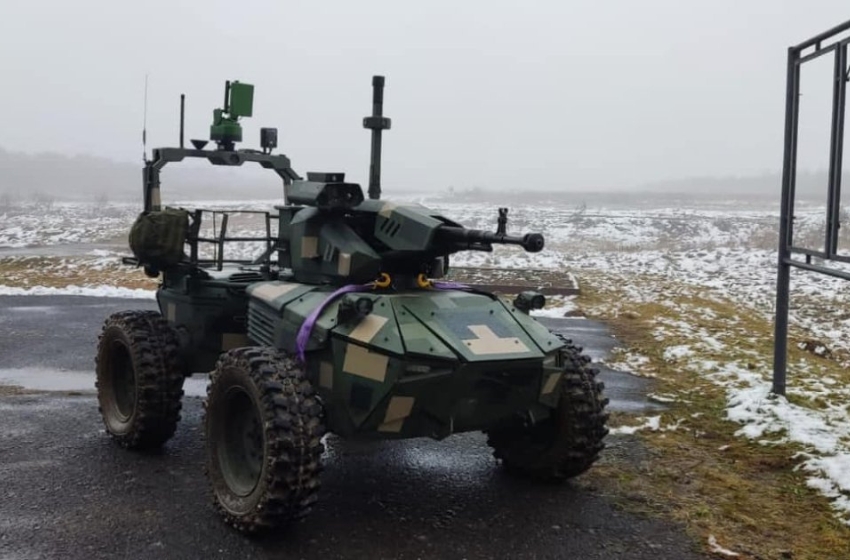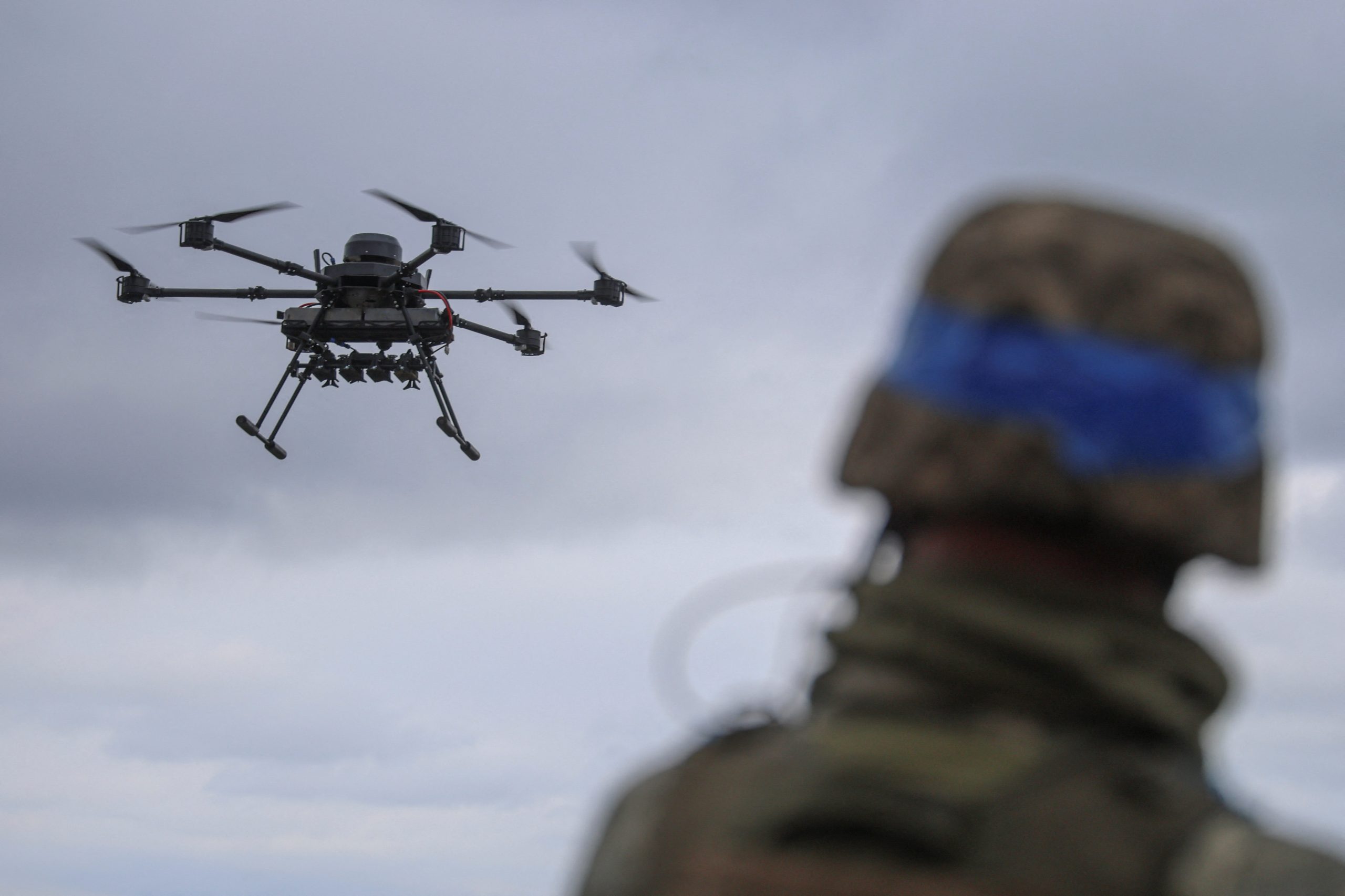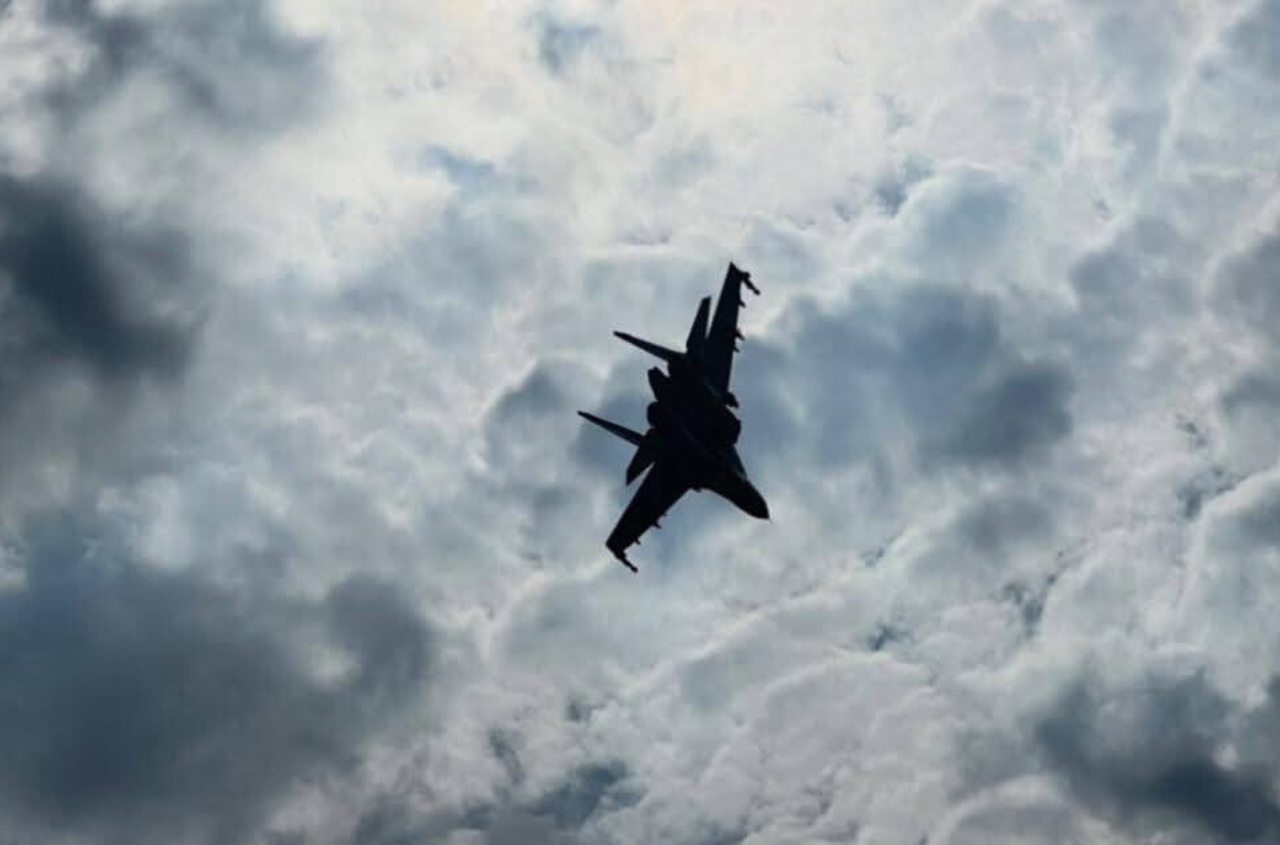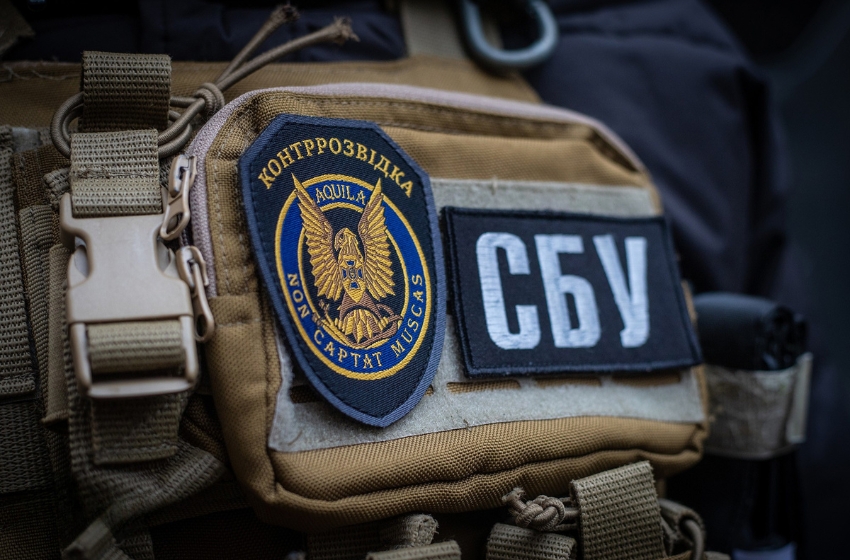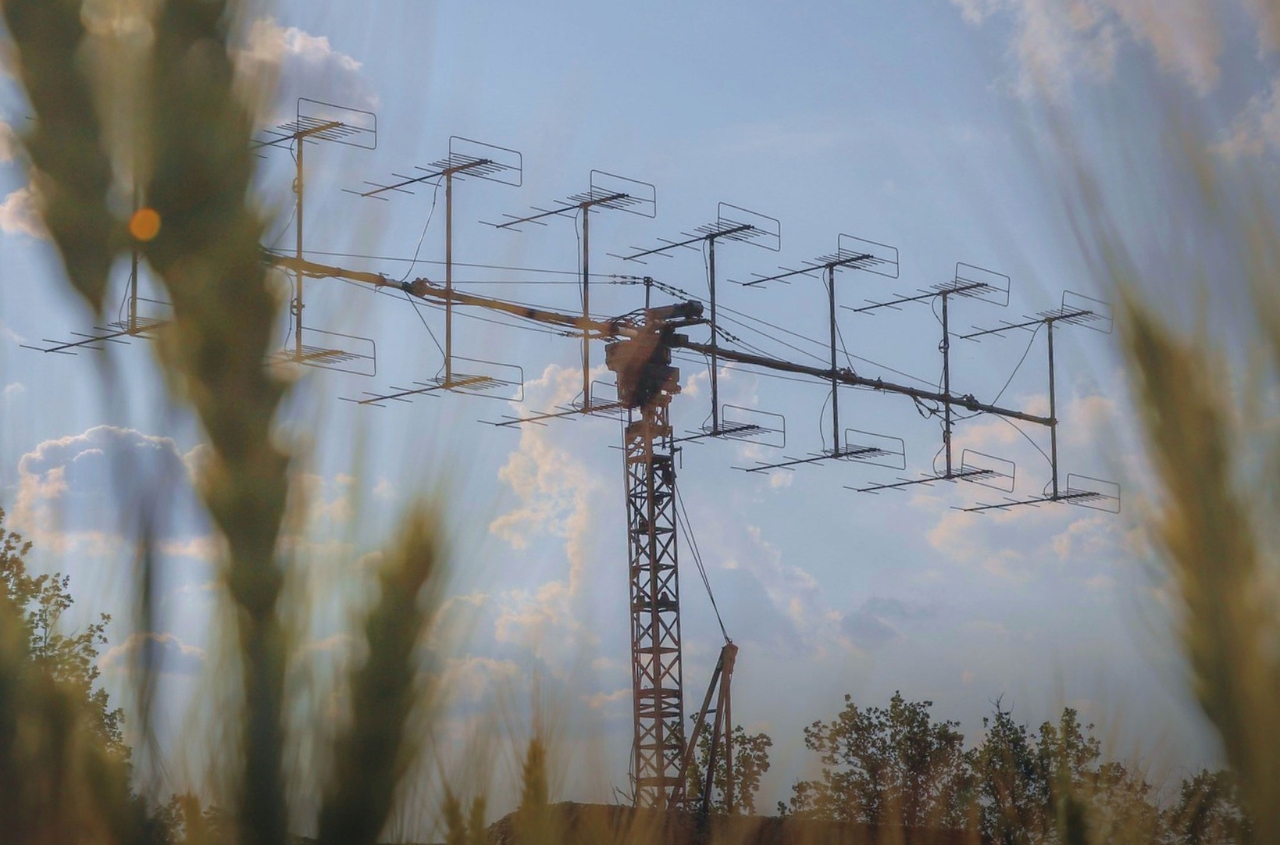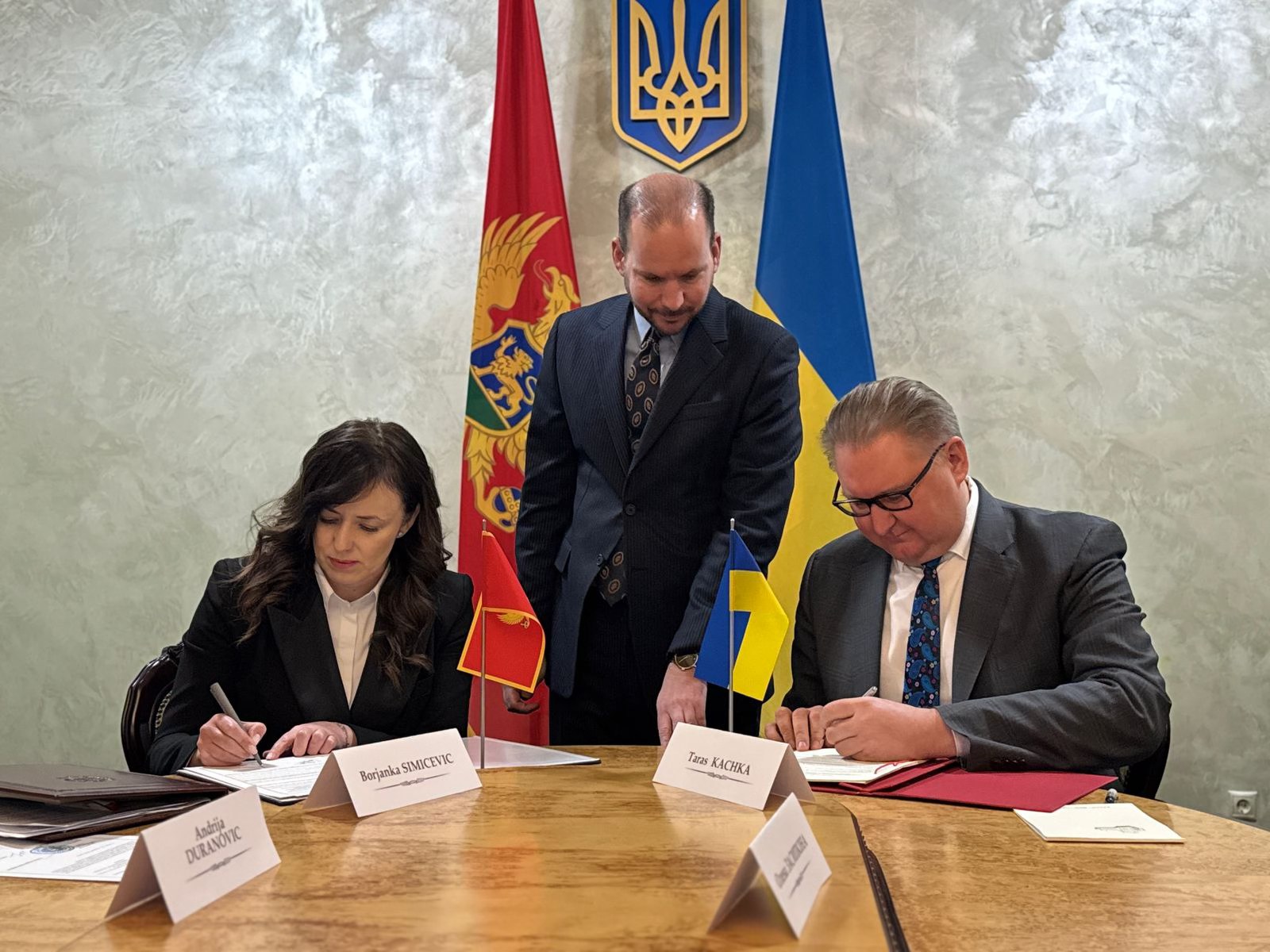The 3rd Separate Assault Brigade of the Armed Forces of Ukraine is deploying ground robotic equipment to replace infantry on the battlefield; this helps reduce human casualties and increases the efficiency of combat missions.
This was stated at a briefing by Viktor Pavlov (call sign Stark), the commander of the platoon of ground robotic complexes and founder of the Ground Robotic Complex (GRC) School of the 3rd Separate Assault Brigade.
“All unmanned systems, both aerial and ground, are an opportunity to fight effectively and defend our country. They help reduce human losses and economic costs of war. Ground drones offer the possibility to replace infantry tasks. GRCs perform three main infantry functions: logistics, engineering, and fire support,” Pavlov said.
According to him, ground robots transport tens of tons of cargo to the frontline weekly. While a person can carry about 20 kilograms on average, robotic equipment can deliver up to 200 kilograms.
“Logistics is the foundation. Without supply, there is no war. In the brigade, we have learned to transport a large amount of cargo precisely with robotic complexes… We have almost completely replaced classic logistics with drone logistics,” emphasized the serviceman.
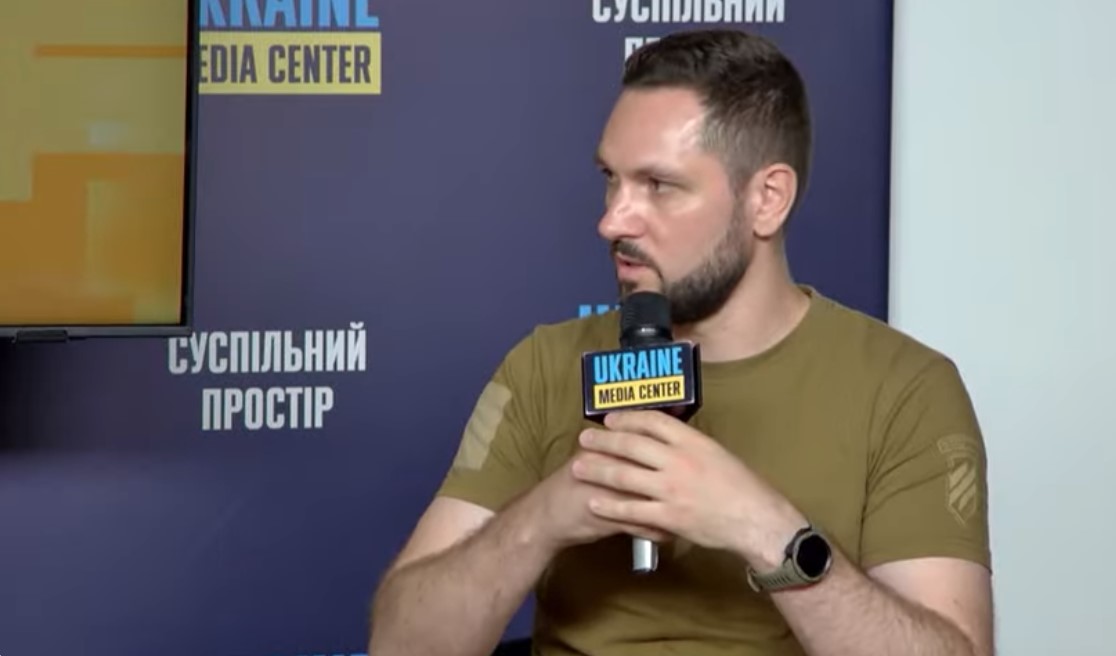
Equally important functions of robotic equipment include evacuating the wounded, mine-laying and mine-clearing, and providing fire support.
He noted that the 3rd Assault Brigade currently accounts for 50-60% of all robotic complex deployments in the Defense Forces. The unit began systematic use of these systems in 2024 in Avdiivka. “Now we have significant results, and we are ready to share our experience,” Pavlov added.
In March, the Ground Robotic Complex School of the 3rd Assault Brigade started operating; so far, 507 people have completed training there.
“This includes recruits, civilians, and military personnel. Most of them are civilians, as the military course was only recently launched,” Pavlov noted.
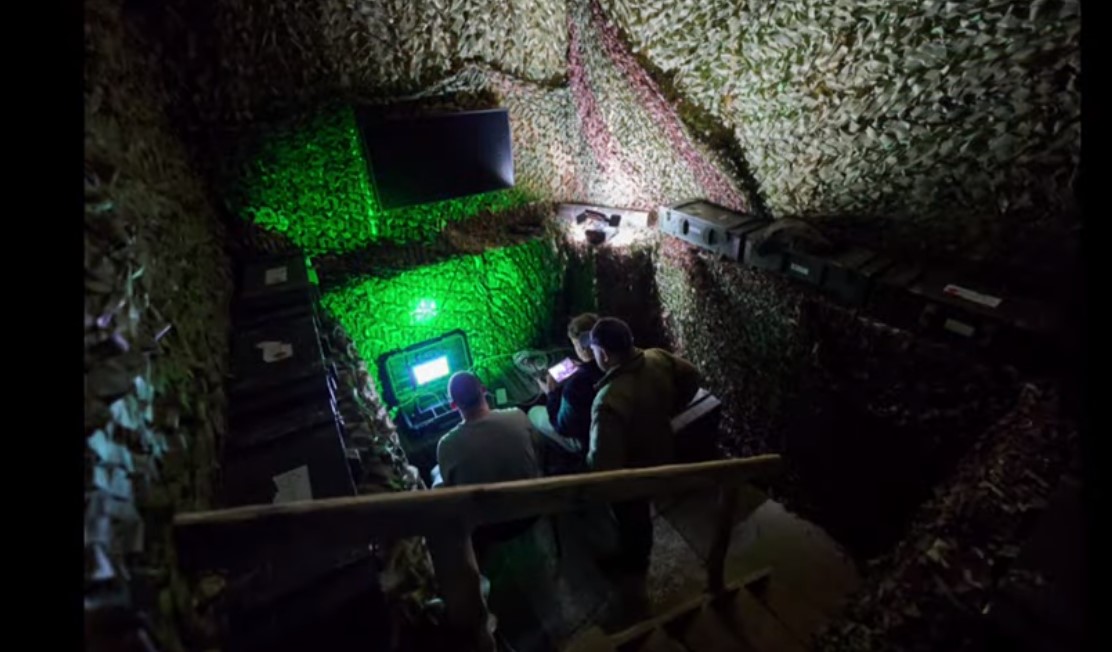
According to him, the GRC School primarily works to accumulate combat knowledge, skills, and experience in this field and to pass it on to both military and civilians, “but for civilians, the programme is more limited so as not to reveal military secrets.”
Pavlov added that another goal of the school is to promote this direction and increase the number of trained personnel.
The school offers a basic 5-day course for civilians and an 11-day military course. The training programme includes engineering support, logistics, and combat platforms.









